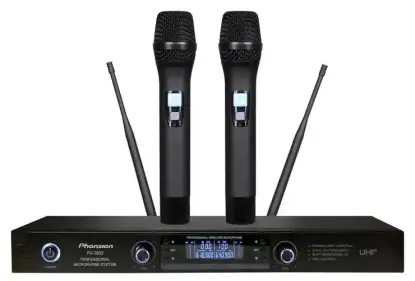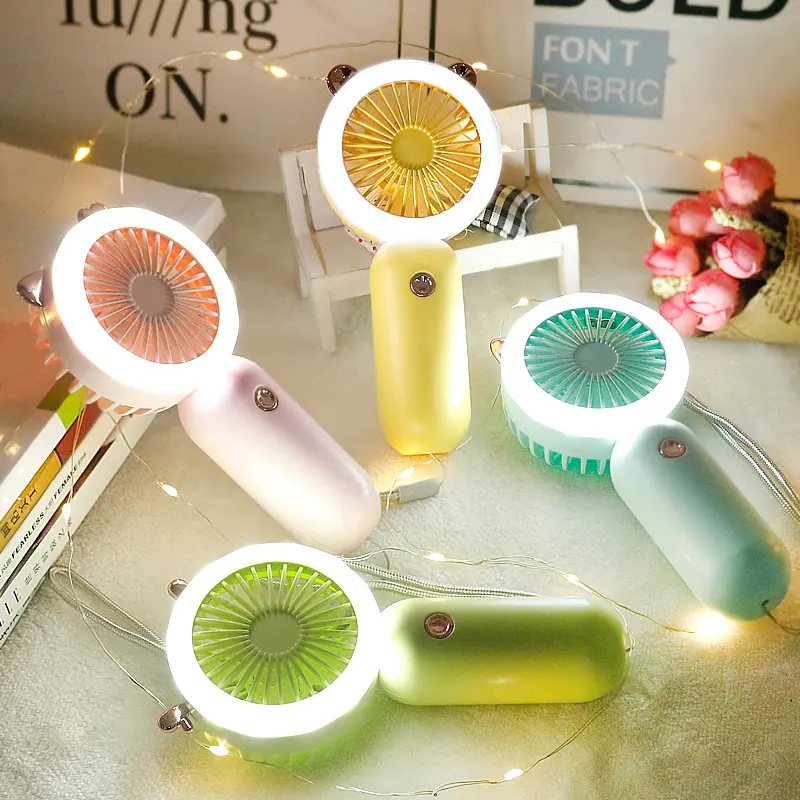
Where to get CE EMC Test Report?
EMC Directive - Directive 2014/30/EU
Electromagnetic Compatibility Directive - Directive 2014/30/EU
What is EMC?
EMC (Electro Magnetic Compatibility) refers to the ability of equipment to neither cause nor be affected by electromagnetic interference. EMC encompasses EMI and EMS.
- EMI (Electro Magnetic Interference): Refers to electromagnetic interference, meaning the electromagnetic disturbances emitted by a device to the outside world. This term is a combination of "electromagnetic" and "interference". "Interference" implies two meanings: the performance degradation of a device due to interference and the source of the interference causing this degradation. Examples include static noise in a radio during thunderstorms, snow on a TV screen when a motorcycle passes by, or hearing radio sounds through a telephone.

- EMS (Electro Magnetic Susceptibility): Refers to the susceptibility to performance degradation due to electromagnetic energy. For simplicity, if we compare electronic devices to humans and electromagnetic energy to viruses, susceptibility would be the likelihood of catching a cold. A low susceptibility indicates strong immunity, analogous to high resistance to electromagnetic interference (EMI).
CE EMC Test Items
For household appliances, the CE certification test items include:
- Space radiation
- Conducted interference
- Magnetic field radiation
- Power radiation
- Voltage flicker
- Harmonics
- Electrostatic discharge
- Radiated immunity
- Electrical fast transient/burst
- Surge/lightning
- Voltage dips/interruptions
What is European EMC?
European EMC refers to the Electromagnetic Compatibility (EMC) Directive 2014/30/EU. All electronic and electrical products destined for Europe must meet the relevant electromagnetic compatibility standards, such as those in the European EMC harmonized standards.
Directive 2014/30/EU of the European Parliament and of the Council of 26 February 2014 on the harmonization of the laws of the Member States relating to electromagnetic compatibility (recast). Applicable from 20 April 2016.
OJ L 96, 29 March 2014.
Products Requiring European EMC Testing
The scope of products requiring testing under Directive 2014/30/EU includes, but is not limited to, the following:
- Multimedia technology products: Computers, speakers, routers, switches, printers, mice, etc.
- Lighting products: LED lights, fluorescent lamps, high-pressure lamps, etc.
- Household appliances: Rice cookers, induction cookers, blenders, water heaters, water purifiers, etc.
- Laboratory testing instruments: Multimeters, power meters, insulation resistance testers, and other various control instruments.
Common European EMC Standards
- Multimedia products:
- EN 55032
- EN 55035
- EN 55024
- EN 61000-3-2
- EN 61000-3-3
- Lighting products:
- EN 55015
- EN 61547
- EN 61000-3-2
- EN 61000-3-3
- Household appliances:
- EN 55014-1
- EN 55014-2
- EN 61000-3-2
- EN 61000-3-3
- Household EMC Standards:
- EN IEC 61000-3-2:2019
- EN 61000-3-3:2013/A1:2019
- EN 55014-1:2017
- EN 55014-2:2015
- Multimedia EMC Standards:
- EN IEC 61000-3-2:2019
- EN 61000-3-3:2013/A1:2019
- EN 55032:2015/A11:2020
- EN 55035:2017 or EN 55024:2010/A1:2015
- Lighting EMC Standards:
- EN IEC 61000-3-2:2019
- EN 61000-3-3:2013/A1:2019
- EN 55015:2013+A1:2015
- EN 61547:2009
JJR is a Chinese laboratory with IEC 17025 qualification. Welcome to send it for inspection
Email:hello@jjrlab.com
Write your message here and send it to us
 Wireless Microphone Export Certification
Wireless Microphone Export Certification
 Audio-Visual Products SNI Certification in Indones
Audio-Visual Products SNI Certification in Indones
 FCC-ID: Still Needed if Module is Certified?
FCC-ID: Still Needed if Module is Certified?
 FCC Certification Fees for Handheld Fans
FCC Certification Fees for Handheld Fans
 FCC Certification Testing for Smart Lighting Produ
FCC Certification Testing for Smart Lighting Produ
 What is the ETSI EN 303 645 Testing Standard?
What is the ETSI EN 303 645 Testing Standard?
 UL Compliance and ETL Certification for LED Lighti
UL Compliance and ETL Certification for LED Lighti
 What is the IEC 60598 Standard?
What is the IEC 60598 Standard?
Leave us a message
24-hour online customer service at any time to respond, so that you worry!




